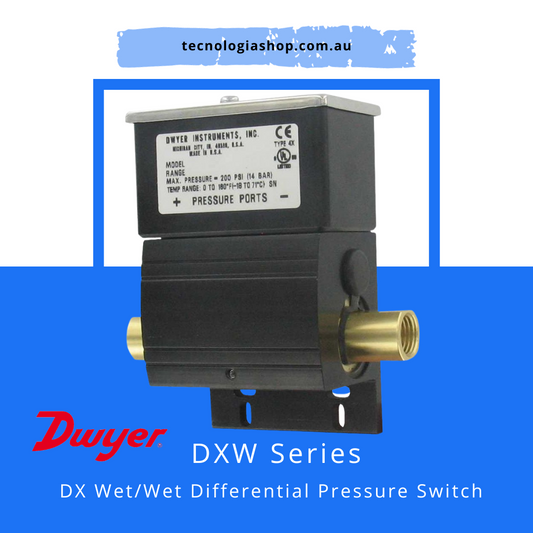What is predictive maintenance in buildings?
Predictive maintenance is a proactive approach to building maintenance that uses data and analytics to predict when equipment or systems are likely to fail. By identifying potential issues before they occur, building owners and facility managers can take preventive measures to avoid costly breakdowns and disruptions.
How does predictive maintenance work?
Predictive maintenance relies on the collection and analysis of data from various sources, such as sensors, meters, and equipment logs. This data is then processed using advanced algorithms and machine learning techniques to identify patterns and anomalies that may indicate potential failures.
For example, in an HVAC system, sensors can monitor temperature, humidity, and pressure levels. By analyzing this data over time, predictive maintenance algorithms can detect deviations from normal operating conditions that may indicate a malfunctioning component or an impending failure.
What are the benefits of predictive maintenance?
Implementing predictive maintenance in buildings offers several benefits:
- Reduced downtime: By identifying and addressing potential issues before they cause equipment failures, predictive maintenance helps minimize downtime and disruptions to building operations.
- Cost savings: Preventive maintenance is often less expensive than reactive maintenance. By addressing issues early on, building owners can avoid costly emergency repairs and extend the lifespan of their equipment.
- Improved energy efficiency: Predictive maintenance can optimize the performance of building systems, such as HVAC and lighting, leading to energy savings and reduced operating costs.
- Enhanced safety: Regular monitoring and maintenance can help identify safety hazards and prevent accidents in buildings.
Challenges and considerations
While predictive maintenance offers numerous advantages, there are some challenges and considerations to keep in mind:
- Data quality and availability: Predictive maintenance relies on accurate and reliable data. Ensuring data quality and accessibility can be a challenge, especially in older buildings with outdated systems.
- Implementation costs: Adopting predictive maintenance may require upfront investments in sensors, data analytics tools, and training.
- Expertise and resources: Building owners and facility managers need to have the necessary expertise and resources to implement and maintain predictive maintenance programs effectively.
- Integration with existing systems: Integrating predictive maintenance solutions with existing building management systems can be complex and may require additional customization.
Despite these challenges, predictive maintenance is becoming increasingly popular in the building industry due to its potential to improve operational efficiency, reduce costs, and enhance occupant comfort and safety.



